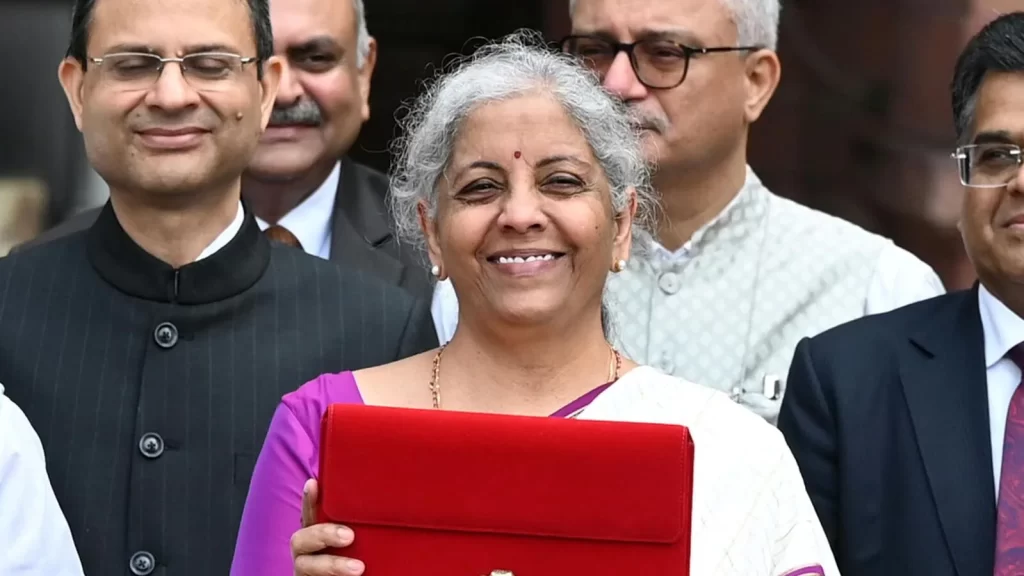As of now we are in the midst of the Q4 for FY16-17, and the budget declaration for the upcoming year has really made some substantial enlightenment of the faces and portfolios of renewable energy investors.
While Warren Buffett is convinced of the fact that the near future has high return opportunity on renewable energy investments and believes that the world will indeed shift to 100% renewable energy sources in the upcoming years, careful engineering and monitoring of investments needs to be done in order to maximize the return on investments.
India is the fifth largest generator of renewable energy with almost 44 GW generation in 2016 and it has set a milestone for roughly transferring 175GW of energy generation via renewable sources in 2022, for which the government has given high exemptions to incubate this sector in India by allowing subsidies of 30% on off grid projects, on exports and absolute exemption from excise duties, and also loans at concessional rates.
So as value investors say “Don’t invest in something you don’t understand”, it would be unfair on my part to persuade you to invest in renewable projects without letting you know much about the technology.
The few categories in this sectors are
- Wind energy
- Bio mass energy
- Hydro power
- Solar energy
Wind energy is an absolutely phenomenal source of energy but the only challenge faces that it is far more capital intensive and can be carried out only in certain locations which are highly abundant in space and wind. Also the scalability of these projects makes it all the more challenging to nurture this technology.
Bio-mass deals with usage of wastage of all living masses and generating energy out of that so this industry is the epitome of the phrase “best out of waste”, however it is highly capital intensive as the technology of burning the biomass in hot boilers is difficult to maintain and operate.
Solar Energy is the cleanest and the best source of energy, solar power can range from small to large plants, definitely the bigger the better, but that doesn’t diminishes the fact that it cannot be operated feasibly on small scale with a decent return on the capital employed, the major two ways of implementing it is via a solar farm or via a solar rooftop , Solar farm will always be high capital implementation as we need extensive land to develop the project on, which automatically adds up to the capital expenditure, Solar Rooftop is an extremely delicately engineered way of implementing this project, where on a roof as per the capacity or consumption required one can install the panels and operate conveniently with minimal costs of operation
Now let me explain the financials of this system using a small example of a 25 Kw system
A 25 Kw system can deliver roughly 3000 units a month which on a commercial rate of 13.25/ unit will cost roughly Rs.40,000 a month which means roughly Rs.4,80,000/- a year on energy consumption.
A solar rooftop of 25KW will cost roughly 14.5-15 Lakhs and will operate for 25 years, so using the simple math we conclude that we shall have a payback on our investment in 3.5 to 4 years and there after electricity consumption would be free of cost for another 22 years.
On similar lines these models operate with more or less close figures which saves almost 80% of the cost on energy consumption for any business. Also any company operating on these lines will return an operating 15-18% IRR, which is a very attractive return considering the risk one is undertaking.
By Abbas Rizvi




